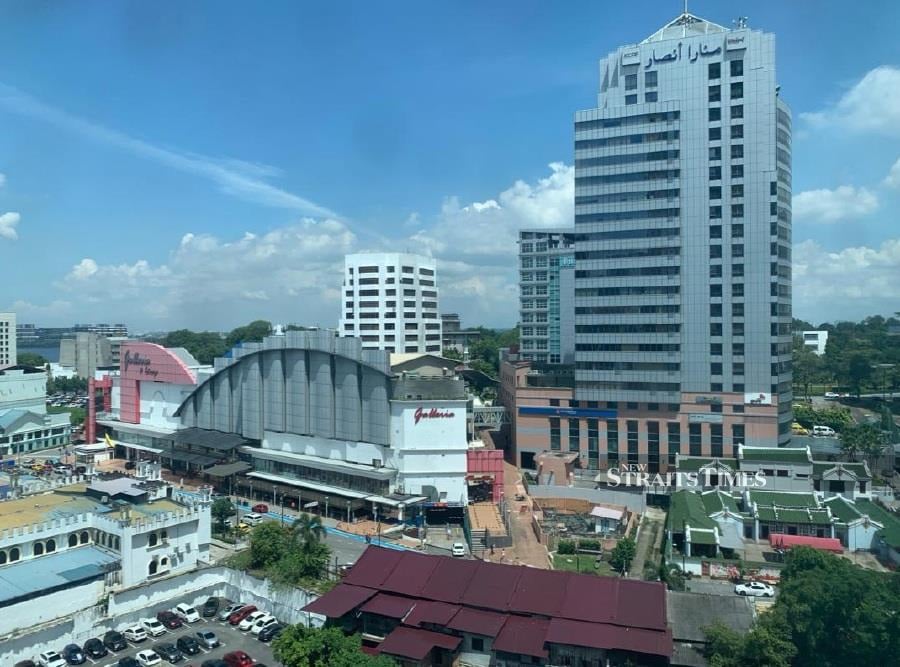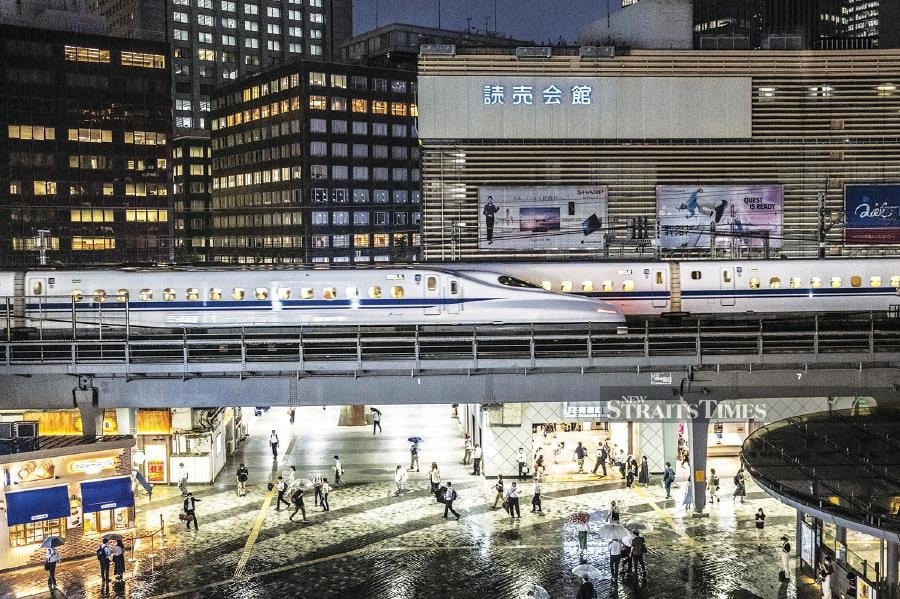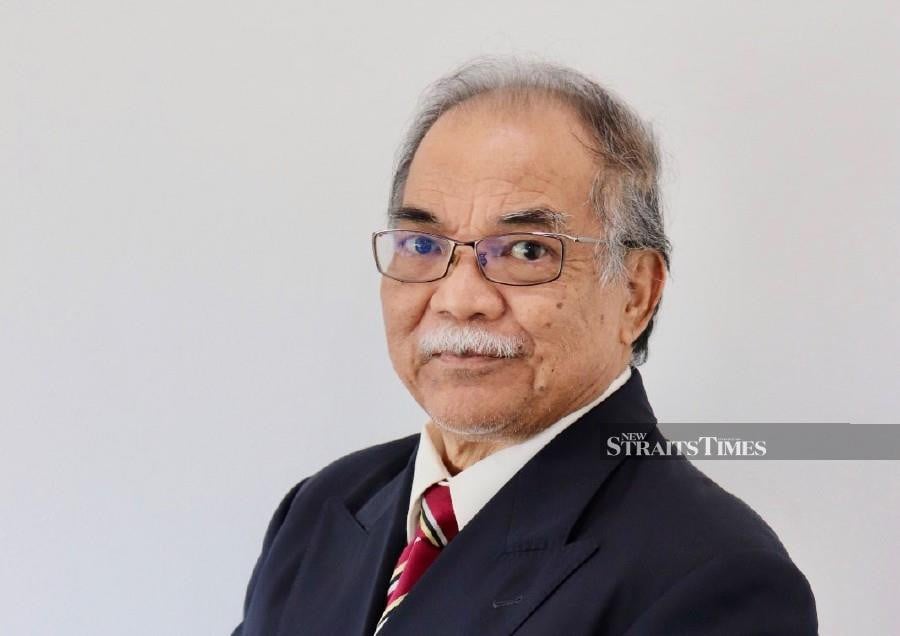By Kathy B. - January 26, 2024

KUALA LUMPUR: Johor's shopping malls, many of which were shuttered during the pandemic starting in 2020, are seeing a new breath of life.
KGV International Property Consultants executive director Sr. Samuel Tan said that in order to capitalise on the most recent trends in shopping, either new shopping centres are opening or older malls are being retrofitted.
According to Tan, Coronation Square and the rapid transit system (RTS) development area will house new malls.
"So basically, to say malls are in limbo is an untrue fact," he said.
Tan was commenting on a WhatsApp message that went viral recently and claimed that at least 18 Johor Bahru malls were in limbo; either they were shut or about to close.
"Obviously, it was written by someone who is very ignorant of the real landscape," Tan told NST Property.
According to NAPIC's most recent data, there will be a total of 18.39 million sq m of shopping mall space in Malaysia during the third quarter of 2023. Of this, 13.37 million sq m have an occupancy rate of 76.8 per cent, which is higher than the previous year's 76.6 per cent.
Malls in Selangor have an occupancy rate of 79.3 per cent, Kuala Lumpur 83.1 per cent, Johor 69.9 per cent and Penang 73 per cent. States within the lower range are Melaka at 56.2 per cent and Kedah at 69.8 per cent.
Tan said the country's economy and the resulting purchasing power of consumers determine the supply and occupancy rates of shopping centres.
"We've seen more foot traffic since Covid. To attract customers, mall owners have been employing a variety of marketing strategies. Tenancy mixes were rearranged as a result of the evolving trend brought about by an increase in online shopping.
"Many stores nowadays provide both online and offline experiences, as we can see," he remarked.
According to Tan, many Malaysians and Singaporeans who work in Singapore go shopping in Johor Bharu because of the strong Singaporean dollar, which is currently trading at 3.53 against the US dollar.
When the RTS is completed by the end of 2026, he anticipates that this trend will continue and get stronger.
He said that the creation of the Special Financial and Economic Zones will encourage more foreigners to shop in Johor Bahru.
Recognising this, the government has made plans for infrastructure, including connected roads and bridges, to connect different city buildings, he said.
Refurbishment, repurpose
Tan said that major brands are making their debuts or adopting a new aesthetic in already-existing malls.
Additionally, abandoned or old malls are being transformed.
He said that the Sheraton Hotel will soon occupy the long-abandoned Pacific Mall, which according to him, is a huge relief because it is located near to the RTS station.
The renowned Mustapha Centre will soon open at Capital Mall along Jalan Tampoi, and Danga City Mall will be transformed into an RTS "park and ride" location featuring retail establishments.
Tan said Johor Bahru City Square and JBCC Komtar will see a rebirth as more Singaporeans move back into the city.
To accommodate increasing foot traffic, Tasek Mall in Taman Ungku Tun Aminah has added a new wing.
"Tasek Mall is still very popular. There are now more shops and amenities. Sutera Mall is another well-liked mall in the neighbourhood. It is also crowded with customers due to its strategic location within the Sutera Business Hub. A hotel and movie theater that are complimentary are required to add to the appeal," he said.
Tan said that Kotaraya Galleria, situated in the heart of the city, is yet another example of success. Because of the UTC, it is a "must-go" location when interacting with different government agencies. Tampoi's Plaza Angsana is also another well-liked mall, Tan said.
"One of Medini City's main attractions is Big Box at Sunway Iskandar City. It provides items at a lower cost and is roomy. There is plenty of parking, and every journey is exciting. There are other leisure activities available besides shopping," Tan said.
Source: https://www.nst.com.my/property/2024/01/1005895/18-malls-limbo

